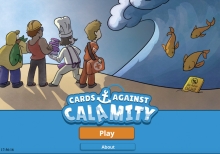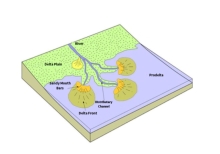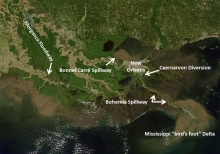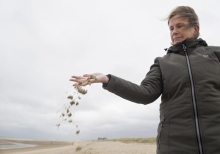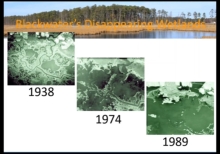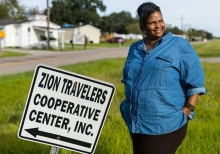Faces Of The Delta: Reverend Tyronne Edwards
Next in our Faces of the Delta series, you will meet Reverend Tyronne Edwards: 5th generation resident of Phoenix, La., community leader and organizer and coastal restoration advocate. How has coastal land loss impacted your life? 'We lost everything we had during Hurricane Katrina. It was frightening to us. We now realize that if we had the right protection, the proper barriers-wetlands-we could protect our communities.

